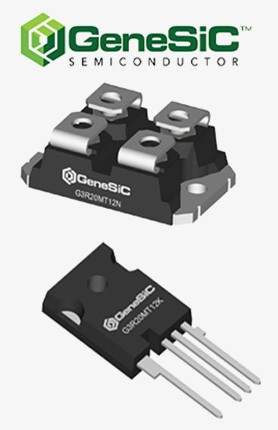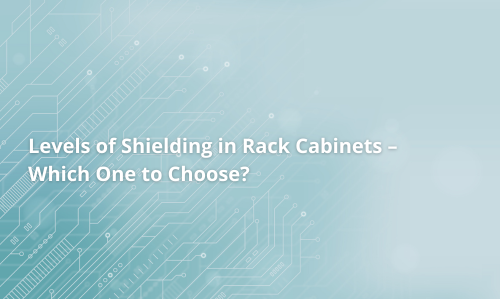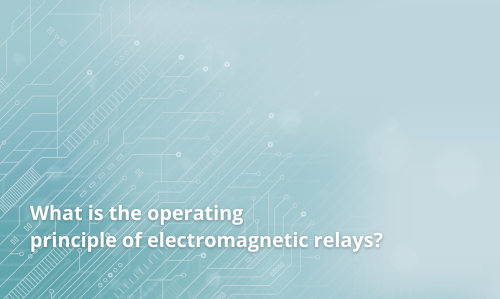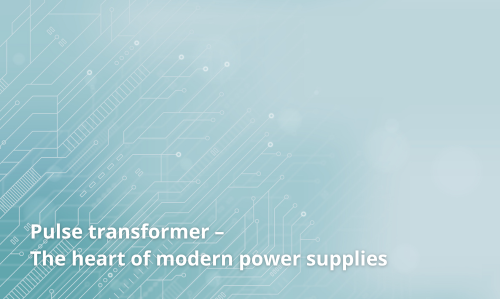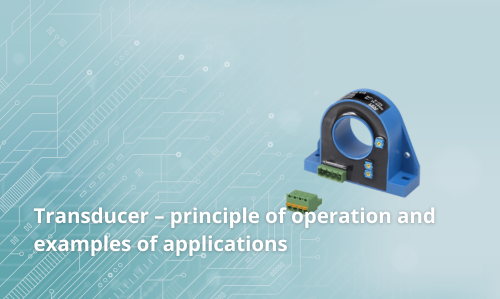Choosing the right rack cabinet with shielding is a key element in protecting electronic equipment from electromagnetic interference (EMI) and EMP pulses. This article explains the differences between Level 1 and Level 2, describes the attenuation each solution offers, and shows which environments they are best suited for. This way, you can select a cabinet perfectly tailored to your company's needs, ensuring data security, device stability, and peace of mind for your team.

Articles
-
How are shielded rack cabinets constructed?Read more
The article explains the construction of shielded rack cabinets designed to protect electronic equipment from electromagnetic interference (EMI and EMP). It covers materials used, prefabricated Faraday cages, glass doors with conductive mesh, and ventilation systems that combine effective protection with functionality.
-
Choosing the Right Shielded Rack CabinetRead more
The article discusses how to choose a shielded rack cabinet to effectively protect equipment from electromagnetic interference, ensure proper power supply, ventilation, and integration with IT and industrial infrastructure, considering both freestanding and wall-mounted cabinets.
-
Where and When to Use Shielded Rack Cabinets?Read more
The article explains where and when it is worth using shielded rack cabinets, highlighting their role in protecting IT equipment and industrial systems from electromagnetic interference (EMI) and EMP pulses. It presents practical examples from the military, industrial, medical, telecommunications, and financial sectors, showing how proper shielding increases system reliability, protects data, and minimizes the risk of equipment failure.
-
How to protect against EMI interferenceRead more
Learn how to protect electronic devices from electromagnetic interference (EMI). Discover effective shielding methods, material selection, enclosure design, and advanced EMI suppression techniques.
-
Industrial Automation – What It Is and Its ApplicationsRead more
The article presents industrial automation – an engineering field responsible for automating production processes. It describes the key components of automation systems, such as PLC controllers, sensors, SCADA systems, industrial robots, and software, as well as their applications across various industries. The text discusses the benefits of automation, including improved product quality, increased efficiency, cost optimization, and workplace safety, and highlights the future directions of...
-
What is an electromechanical relay?Read more
The article explains what an electromechanical relay is, describing its construction, operating principle, types, applications, and advantages and disadvantages. It shows how the device allows safe control of high-power circuits with minimal energy consumption.
-
Peszel – An Indispensable Solution for Cable ProtectionRead more
The article explains what peszle are, their types, applications in residential, industrial, and public buildings, as well as guidelines for installation and cable protection. It highlights the benefits of peszle, such as protection against mechanical damage, moisture, UV radiation, and fire, while facilitating cable routing in hard-to-reach areas, thereby enhancing the safety and durability of the entire installation.
-
Transformer cores – what you should know?Read more
The article presents the importance of cores in transformer construction, discusses their types – ferrite, toroidal, and laminated – and explains how they affect efficiency, energy losses, and device stability. You will learn how the core works with windings in both switching and classic transformers, as well as its applications in converters, power supplies, chokes, and resonant circuits. The text emphasizes the role of cores in designing efficient and reliable electronic systems.
-
What is the operating principle of electromagnetic relays?Read more
This article explains in detail the operating principle and construction of electromagnetic relays, some of the most important components in electronics and industrial automation. It describes how, thanks to the phenomenon of electromagnetic attraction, relays enable safe switching of electrical circuits, separating control circuits from power circuits. It also presents their types, functions, step-by-step operation scheme, and numerous applications – from industrial automation to consumer...
-
Inductive element – basics and applications in electronicsRead more
The article explains the fundamentals of inductive components such as coils and chokes, their construction, key parameters, and applications in electronics. It describes how they store energy in a magnetic field, stabilize voltage, and filter interference in electronic circuits.
-
Thyristor gate drive transformers – what you need to knowRead more
This article discusses the role of gate drive transformers in thyristor circuits, explaining their operating principle, connection schemes, and typical applications in power electronics and industrial systems. It highlights the importance of isolation, precise gate triggering, and protection of control circuits.
-
Pulse Transformer – The Heart of Modern Power SuppliesRead more
The article describes the principle of operation, construction, and applications of pulse transformers, which are an important component of modern switch-mode power supplies (SMPS). It explains the differences between pulse transformers and traditional mains transformers, emphasizing their advantages—high efficiency, compact design, galvanic isolation, and reliability. The text also discusses materials used in ferrite cores, converter circuit topologies, and typical areas of application such...
-
Capacitive or resistive touch screen – which to choose?Read more
What’s the difference between these two types of touch screens? This article shows which one works better for everyday use and which for tough industrial conditions. If you’re wondering which screen to choose for your device – this text will help you decide.
-
Modern Methods Used in Consumer Electronics DesignRead more
Learn how engineers detect and eliminate electromagnetic interference in vehicles. See how modern EMC measurements accelerate automotive electronics development.
-
How to Pull a Cable Through a Conduit?Read more
A complete guide to preparing and pulling cables through a conduit – pipe selection, techniques, tools, and installation safety.
-
How does a converter work?Read more
How a converter works – learn about the principle of operation, types and applications of DC/DC converters, switching converters and inverters in power systems.
-
Transducer – principle of operation and examples of applicationsRead more
Transducer: learn the principle of operation and applications in electronic devices. How is a signal processed and in which devices is it used? Check it out!

